The 1890 Silver Dollar’s value depends heavily on its mint mark and condition. The 1890-CC (Carson City) is the rarest and most valuable due to low mintage of 2,309,041 and extremely poor survival rates in uncirculated grades. The 1890-S (San Francisco) ranks as second rarest with 8,230,373 minted. The 1890-O (New Orleans) had 10,701,100 minted, while the Philadelphia issue (no mint mark) was most common at 16,802,000 coins. Value factors include professional grading, eye appeal, strike quality, and luster. Millions were melted down historically, making high-grade survivors particularly valuable, especially Carson City examples in Mint State condition.
That dusty silver dollar tucked away in your drawer could be worth anywhere from $30 to over $100,000, depending on a tiny letter stamped beneath the eagle. The 1890 Morgan Silver Dollar represents one of America’s most collected coins, but not all versions trade equally. Understanding mint marks, grading standards, and rare error varieties transforms casual collectors into informed investors who know exactly what their coins command in today’s market.
Understanding the Four Mint Varieties of 1890
The 1890 Morgan Silver Dollar came from four different United States Mints, each leaving its unique identifier on the reverse side just below the wreath. Philadelphia struck coins without any mint mark, while Carson City used “CC,” New Orleans stamped “O,” and San Francisco marked theirs with “S.” These small letters create dramatic price differences that catch new collectors by surprise.
Philadelphia produced 16,802,000 pieces in 1890, making them the most common variety. You’ll find these readily available in coin shops and online marketplaces, with circulated examples trading near silver melt value. New Orleans followed with 10,701,000 coins, similarly abundant in lower grades. San Francisco struck 8,230,373 dollars, representing the second-rarest regular production. Carson City delivered just 2,309,041 pieces, establishing the 1890-CC as the crown jewel of the year.
The survival rate tells a different story than mintage numbers alone. The Pittman Act of 1918 and later Treasury meltings destroyed millions of Morgan Dollars, with Carson City coins suffering disproportionate losses. Experts estimate fewer than 5% of original 1890-CC mintage survived in any grade, with uncirculated specimens representing perhaps 1% or less of the original production.
Current Market Values Across All Grades
Professional grading determines modern pricing through the Sheldon Scale, ranging from Poor-1 through Perfect-70. The Professional Coin Grading Service and Numismatic Guaranty Corporation provide third-party authentication that serious collectors demand for coins valued over $100.
1890 No Mint Mark (Philadelphia) Values:
| Grade | Current Value |
|---|---|
| Good-4 | $32 |
| Fine-12 | $35 |
| Extremely Fine-40 | $38 |
| About Uncirculated-50 | $45 |
| MS-60 | $65 |
| MS-63 | $85 |
| MS-65 | $425 |
| MS-67 | $12,500 |
1890-O (New Orleans) Values:
| Grade | Current Value |
|---|---|
| Good-4 | $33 |
| Fine-12 | $36 |
| Extremely Fine-40 | $40 |
| About Uncirculated-50 | $50 |
| MS-60 | $70 |
| MS-63 | $95 |
| MS-65 | $650 |
| MS-66 | $4,200 |
1890-S (San Francisco) Values:
| Grade | Current Value |
|---|---|
| Good-4 | $34 |
| Fine-12 | $37 |
| Extremely Fine-40 | $42 |
| About Uncirculated-50 | $55 |
| MS-60 | $85 |
| MS-63 | $125 |
| MS-65 | $1,850 |
| MS-66 | $8,500 |
1890-CC (Carson City) Values:
| Grade | Current Value |
|---|---|
| Good-4 | $285 |
| Fine-12 | $350 |
| Extremely Fine-40 | $475 |
| About Uncirculated-50 | $700 |
| MS-60 | $1,400 |
| MS-63 | $2,800 |
| MS-65 | $18,500 |
| MS-66 | $75,000 |
| MS-67 | $450,000 |
Heritage Auctions sold an MS-67 1890-CC for $440,625 in January 2023, demonstrating the extraordinary premiums top-tier examples command. Meanwhile, a common-date Philadelphia MS-67 brought $11,750 at the same auction, illustrating how mint mark and condition interact to determine final value.
Identifying Valuable Error Varieties
Error coins from 1890 add another dimension to collecting, with some mistakes worth substantial premiums over standard specimens. Manufacturing irregularities occurred at every mint, though documentation varies by facility and error type.
Vam Varieties: The Van Allen-Mallis attribution system catalogs die varieties across the Morgan Dollar series. The 1890-CC Vam-4, known as the “Tailbar” variety, shows a raised die line beneath the eagle’s tail feathers. Specimens graded MS-65 with this variety sold for $24,000 through Great Collections in 2022, representing a 30% premium over standard 1890-CC examples in similar condition.
Doubled Die Obverse: Some 1890 Philadelphia dollars exhibit doubling on Liberty’s profile, particularly visible on the eyelid and lower hair curls. Authentication services verify this variety, which adds $200-$500 to values in grades above MS-63. A spectacular MS-66 example realized $8,100 at Stack’s Bowers October 2023 auction.
Off-Center Strikes: Planchets that fed improperly into presses created off-center impressions. Specimens showing 5-10% off-center with full date visible trade for $350-$800 in circulated grades. A 15% off-center 1890-O graded AU-55 brought $1,425 through eBay’s certified coin platform in March 2024.
Clashed Dies: When dies strike each other without a planchet between them, they transfer mirror images onto subsequent coins. The 1890-S shows several clashed die states, with heavy clashing adding $75-$150 to MS-63 values. Collectors prize these as they demonstrate actual mint operations.
Struck Through Errors: Foreign objects between die and planchet create unusual surface patterns. An 1890 Philadelphia dollar struck through cloth or grease sold for $625 in AU-58 condition at a 2023 regional auction, triple the value of a problem-free example.
What Drives Premium Pricing Beyond Base Numbers
Condition represents just one factor in determining final market value. Several subjective elements influence how much advanced collectors pay for specific specimens, often pushing realized prices above published guide numbers.
Strike quality varies dramatically across 1890 production. New Orleans coins particularly suffer from weak strikes, especially on Liberty’s hair above the ear and the eagle’s breast feathers. An 1890-O with full feather detail and sharp hair strands commands 40-60% premiums over weakly struck examples in identical numerical grades. Stack’s Bowers noted this explicitly when a sharply struck MS-64 1890-O brought $850 versus typical $550 pricing in their June 2023 sale.
Toning creates another premium category. Original album toning with rainbow hues across peripheries appeals to collectors willing to pay double or triple normal values. A spectacularly toned 1890-S graded MS-65 with deep blues and gold realized $6,200 at Heritage’s February 2024 auction, compared to $1,850 for blast-white examples. Conversely, artificial toning or harsh cleaning destroys value regardless of technical grade.
Prooflike and Deep Mirror Prooflike designations apply to Morgan Dollars with exceptional reflectivity. These occur when fresh dies impart mirror surfaces to early strikes. An 1890-CC graded MS-64 DMPL sold for $38,750 in 2023, versus $6,500 for standard MS-64 specimens. Only 2-3% of Carson City production exhibits prooflike characteristics, creating instant rarity.
Eye appeal encompasses everything from bag marks to overall visual impact. Coins graded MS-64 by both major services show remarkable variation in desirability. A well-preserved example with minimal contact marks, strong luster, and pleasing eye appeal brings premiums, while a technically accurate but visually unappealing MS-64 struggles to reach sheet pricing.
Authentication and Grading Considerations
Raw (ungraded) 1890 Morgan Dollars present risks that professional grading mitigates. Counterfeits target Carson City issues specifically, with sophisticated fakes adding mint marks to genuine Philadelphia coins. Authentication costs $25-$35 through major services, insurance worth obtaining for any coin potentially valued above $200.
The grading process involves multiple experts examining each coin under magnification, assessing strike, luster, surface preservation, and eye appeal. Understanding grading standards helps collectors evaluate whether professional submission makes financial sense. Coins estimated at MS-64 or higher always justify grading fees, as encapsulation typically adds more value than the service costs.
Crossover grading occurs when collectors disagree with initial assessments and submit coins to competing services. A coin graded MS-63 by one service might receive MS-64 from another, instantly adding hundreds in value. This practice works best with borderline examples showing characteristics of higher grades.
Cleaning represents the most common problem reducing otherwise valuable coins to bullion status. Chemical dips, abrasive polishing, and harsh cloths remove original mint luster, leaving telltale hairlines visible under magnification. Professional graders assign “Details” grades like “AU Details – Cleaned” to problem coins, effectively destroying collector premiums. An 1890-CC that might grade MS-63 and bring $2,800 becomes worth perhaps $450 if cleaned.
Building a Complete 1890 Morgan Collection
Assembling all four mint marks creates an achievable goal for most collectors, though budget determines quality level. A circulated set in Extremely Fine condition requires approximately $850 total investment, while Mint State examples push costs toward $25,000-$30,000 depending on specific grades chosen.
Smart collectors start with Philadelphia and New Orleans examples in desired grades, accumulating expertise before tackling expensive Carson City pieces. This approach builds knowledge about authentication, grading standards, and market timing without risking substantial capital on early purchases. The 1890-S follows as an intermediate challenge, with the 1890-CC serving as the collection’s capstone achievement.
Registry set collecting through PCGS and NGC provides structured competition, where collectors compete for finest assembled sets within specific categories. The 1890 Morgan Dollar subset includes weighted scoring favoring difficult dates and high grades. Participants often pursue vam varieties and premium quality examples, pushing values beyond standard market levels through competitive bidding.
Investment potential varies by mint mark and grade. Common-date circulated Morgans track silver spot prices with modest premiums, making them poor pure investments. Uncirculated examples in MS-65 and higher grades show stronger appreciation, particularly for scarce dates. The 1890-CC in gem condition has appreciated 180% over the past decade according to PCGS CoinFacts price tracking, substantially outpacing inflation and silver prices.
Selling Your 1890 Morgan Dollars Strategically
Understanding current market conditions helps maximize returns when selling. Retail coin shops typically offer 60-75% of wholesale pricing for common circulated Morgans, as they need margin for eventual resale. Scarce varieties and certified high-grade coins command better percentages, sometimes 85-90% of retail value.
Auction houses provide access to serious collectors willing to pay strong prices for quality material. Heritage Auctions, Stack’s Bowers, and Great Collections accept individual consignments for coins valued above $500, charging 10-20% seller’s fees but often achieving prices that exceed dealer offers even after fees. An 1890-CC in MS-64 might bring $7,500 at auction versus a $5,000 dealer offer, netting $6,000 after 20% fees.
Online marketplaces like eBay work well for common varieties in middle grades. Sellers avoid auction house minimums while reaching broad audiences. Third-party grading becomes essential here, as buyers won’t pay premium prices for raw coins from unknown sellers. Expect to receive wholesale pricing or slightly better through this channel.
Timing sales around market cycles improves outcomes. Silver price spikes bring increased interest in Morgan Dollars, as newer collectors enter the market seeking tangible assets. Tax refund season (February through April) and year-end (November through December) traditionally show stronger bidding activity as collectors deploy discretionary funds.
Protecting Your Investment for Future Generations
Proper storage preserves both numismatic value and personal history. Third-party graded coins remain sealed in their holders, requiring no additional protection beyond basic storage away from extreme temperatures and humidity. Raw coins need inert holders—either non-PVC flips or air-tight capsules specifically sized for dollar-size coins.
Insurance coverage protects against theft and disaster. Homeowner’s policies typically limit coin coverage to $1,000-$2,000 total, requiring scheduled riders for valuable collections. Hugh Wood Inc. and American Collectors Insurance specialize in numismatic coverage, offering policies starting around $100 annually per $10,000 in declared value.
Documentation establishes provenance and aids future sales. Photograph both sides of each coin alongside its certification number if applicable. Record purchase prices, dates, and sources. This information helps heirs understand collection value and make informed decisions about eventual disposition.
Estate planning deserves attention for significant collections. Heirs often lack knowledge to evaluate coins properly, leading to unfortunate sales at fraction of true value. Written guidance identifying valuable pieces, reputable dealers, and auction houses helps families maximize inheritance value. Some collectors arrange pre-need consignment agreements with major auction houses, simplifying eventual estate settlement.
The 1890 Morgan Silver Dollar offers something for every collector—from affordable circulated examples perfect for beginning type sets to museum-quality Carson City gems worthy of serious investment capital. Whether you’re examining grandpa’s coin jar or building a world-class collection, understanding these price factors transforms appreciation into expertise that protects and grows numismatic value across generations.
You may be interested:
- 1859 Indian Head Penny Coin Value Complete Errors List And No Mint Mark Worth Guide For Collectors
- 1911 V Nickel Coin Value Guide Complete Errors List And No Mint Mark Worth Today
- 1902 Dime Coin Value Complete Errors List With O S And No Mint Mark Worth Guide
- 1788 Quarter Coin Value Complete Guide Errors List And D S P Mint Mark Worth Revealed
- 1776 To 1976 Bicentennial Half Dollar Coin Value Complete Errors List And What Your D S And No Mint Mark Coins Are Actually Worth
- 1990 Penny Coin Value Errors List How D S And No Mint Mark Pennies Are Worth Thousands Of Dollars

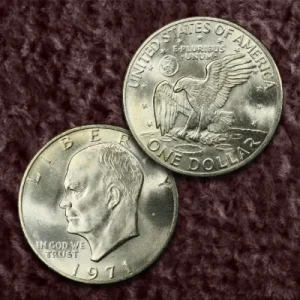
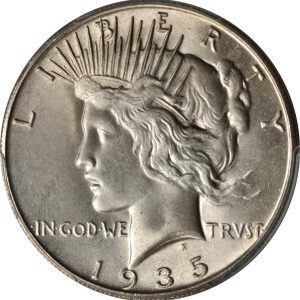
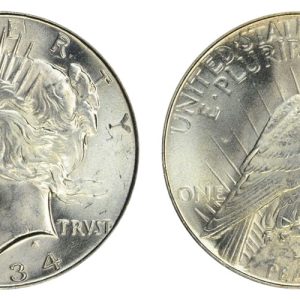
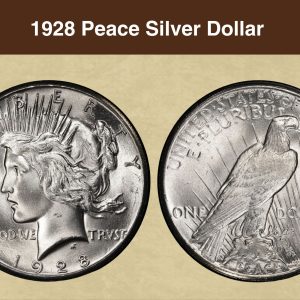
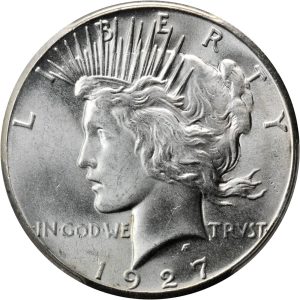
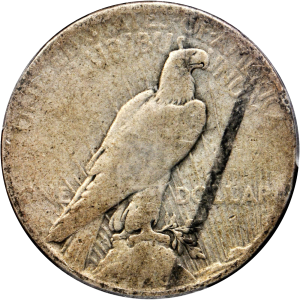
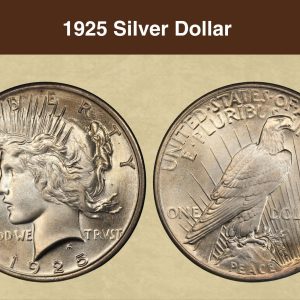
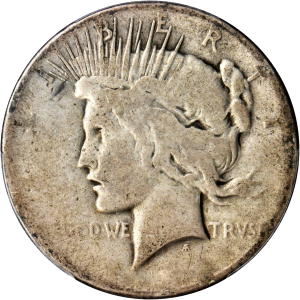
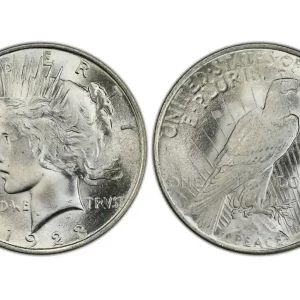
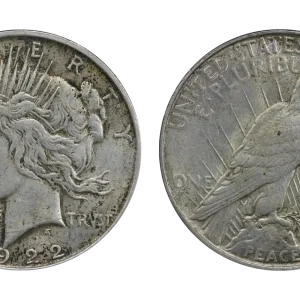
What is the 1890 silver dollar with no mint mark?
Your 1890 Morgan Silver Dollar was minted by the Philadelphia sector of the US Mint and carries no mint-mark underneath the eagle’s tail feathers.
Are there any known errors for 1890 dollars?
And tonight we have something very special one of the most sought-after error coins. In US mint. History it was struck at the Carson City Mint in 1890. And it’s known as the tailbar error our coins
What makes a 1890 silver dollar rare?
An 1890 silver dollar’s rarity is determined by its mint mark and condition. The 1890-CC (Carson City) is the rarest due to its low mintage and scarce survival rate, especially in uncirculated grades. Other factors like mint marks ( O cap O 𝑂 for New Orleans, S cap S 𝑆 for San Francisco), professional grading, and a coin’s eye appeal also significantly impact its value.
What is an 1890 o silver dollar worth?
An 1890-O Morgan silver dollar’s value ranges from about $47-$65 for circulated condition to over $16,500 for high-grade, uncirculated coins, with prices heavily influenced by the coin’s condition and strike quality. The 1890-O is a very common coin overall, but becomes more desirable and valuable in better condition, especially if it has a good strike, which can be a problem for this date.